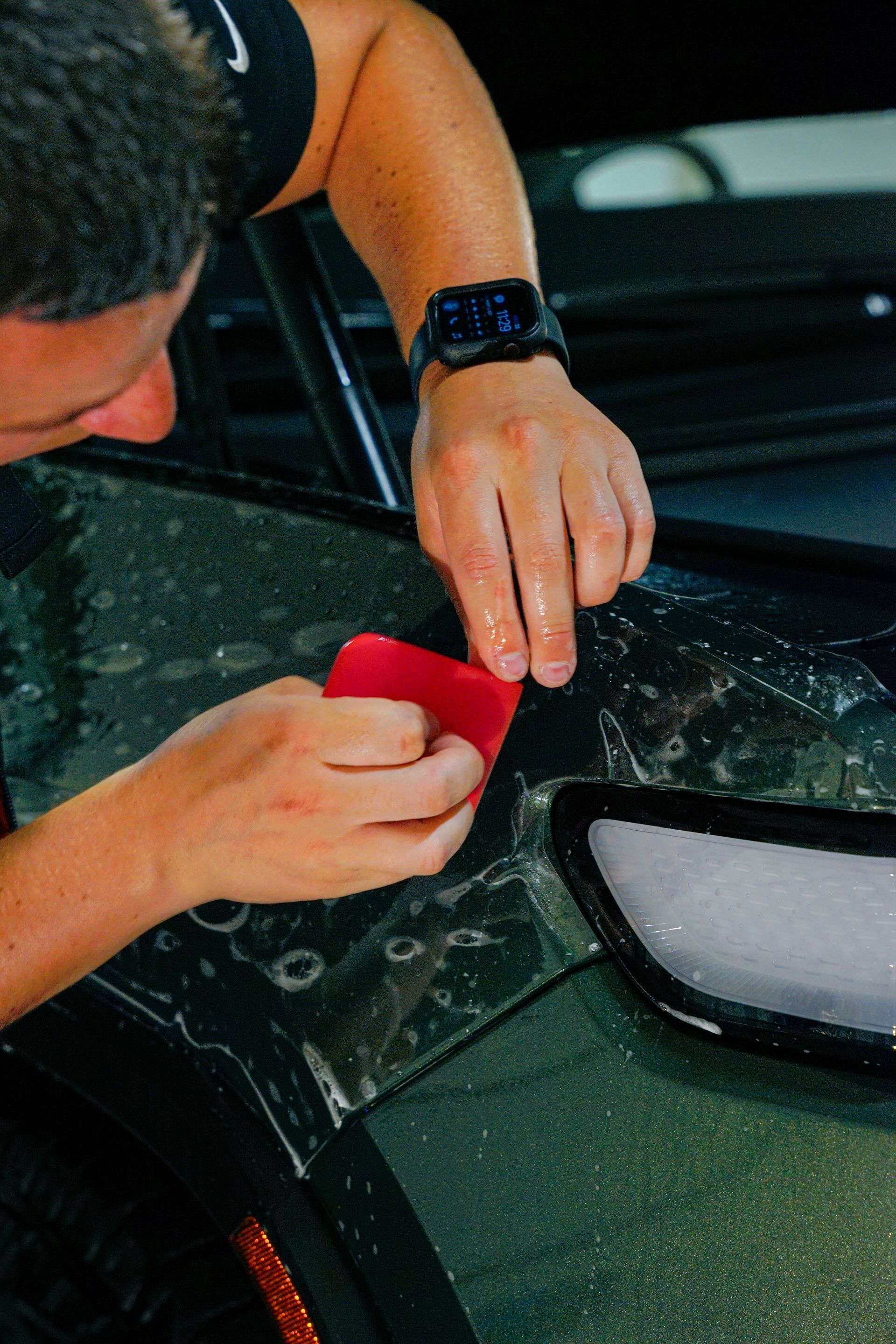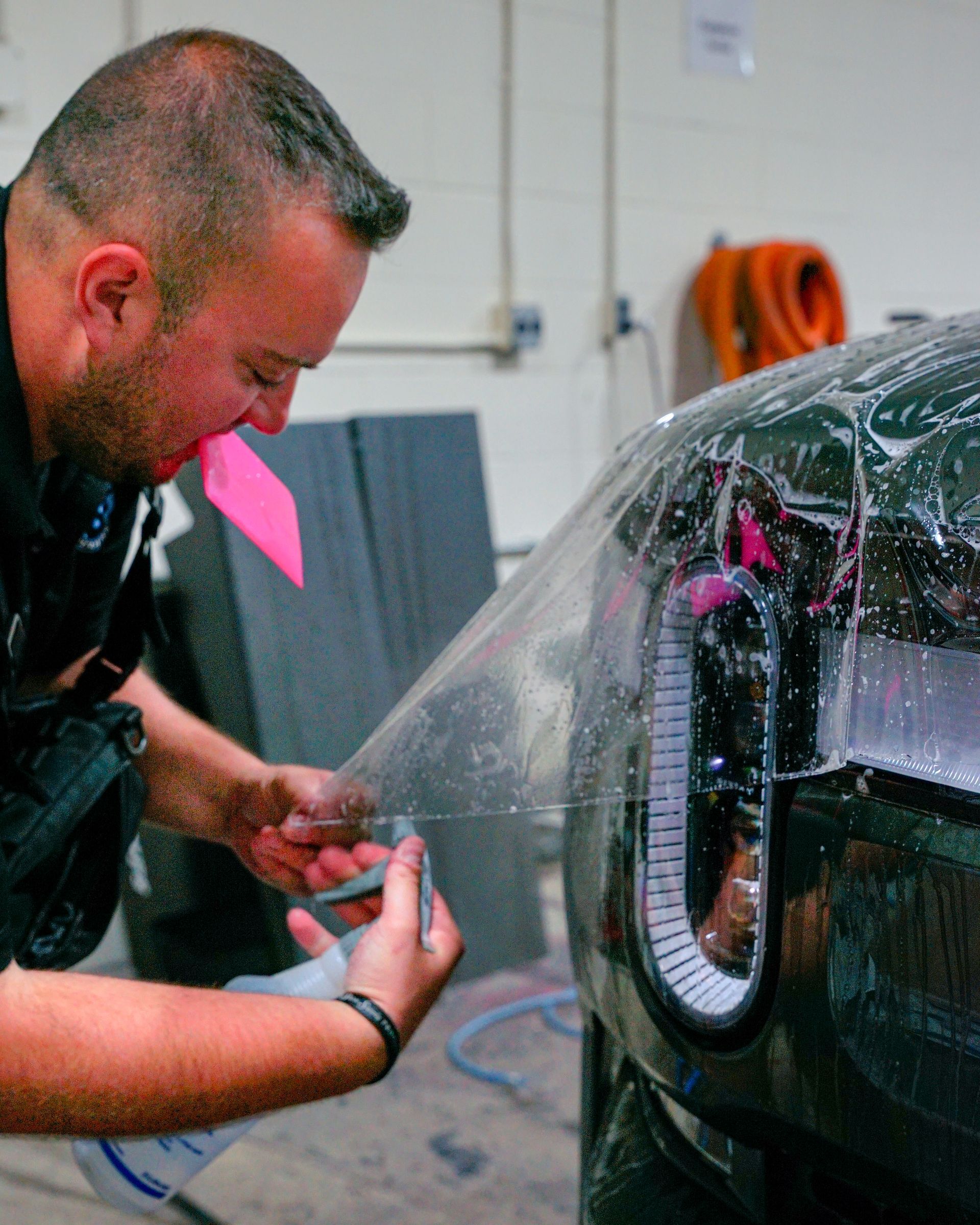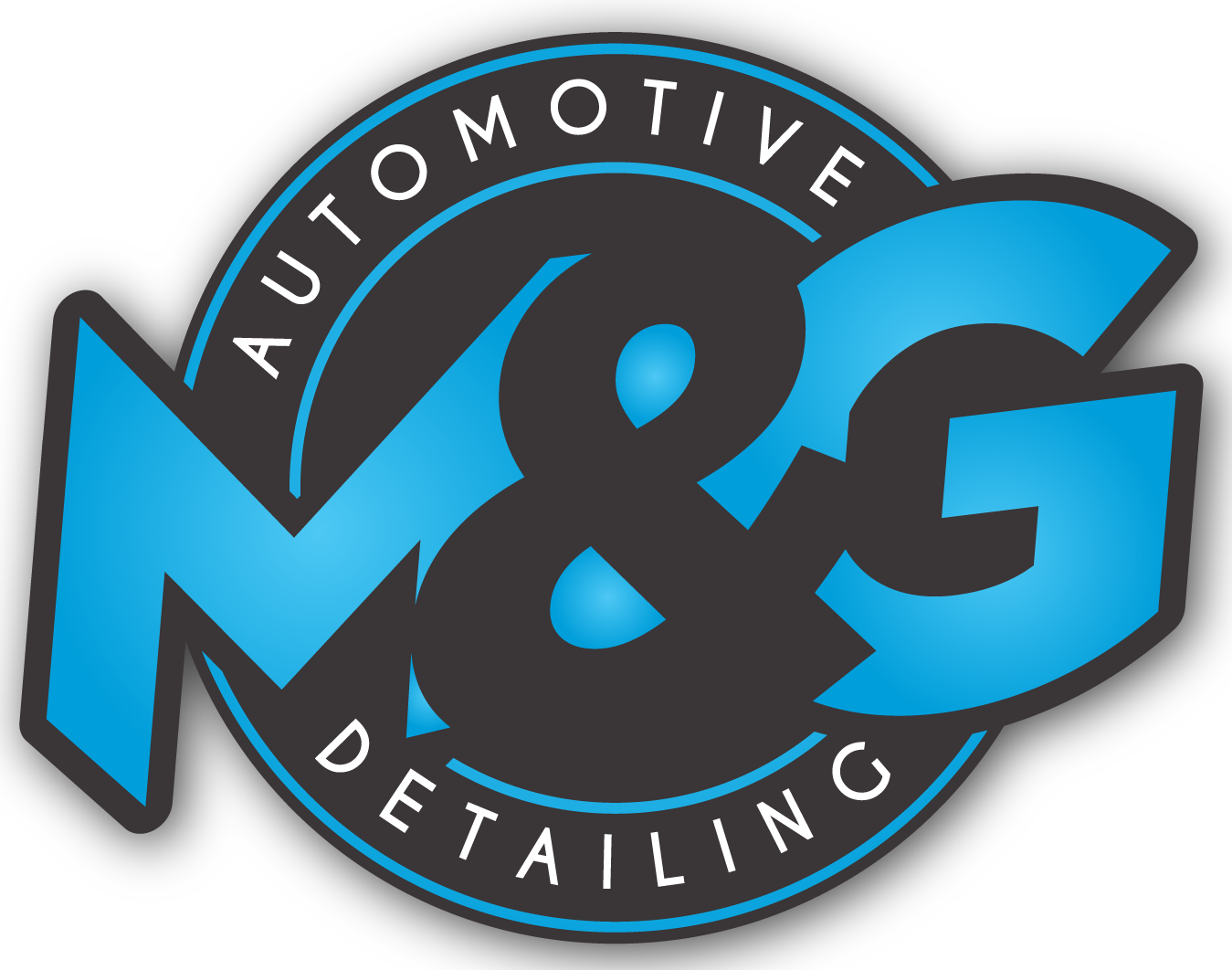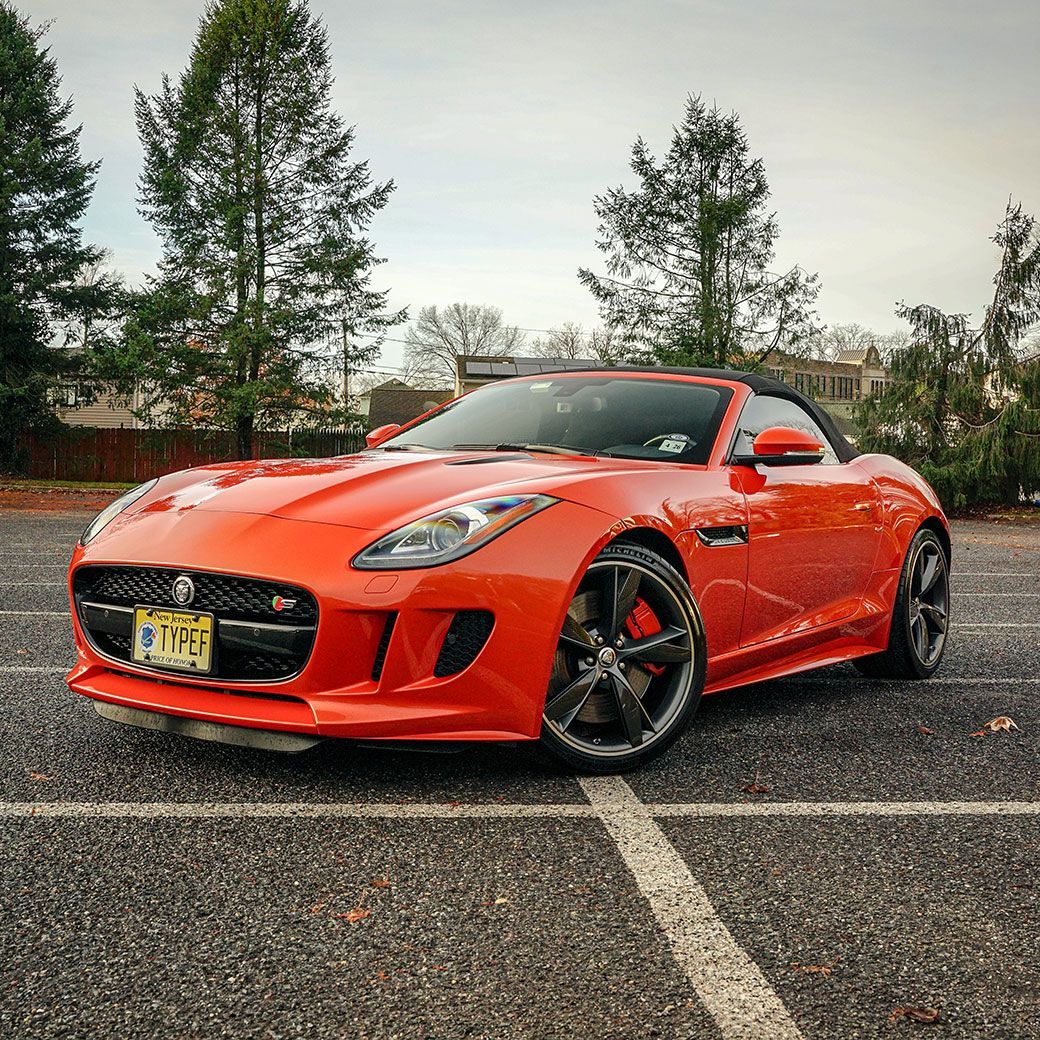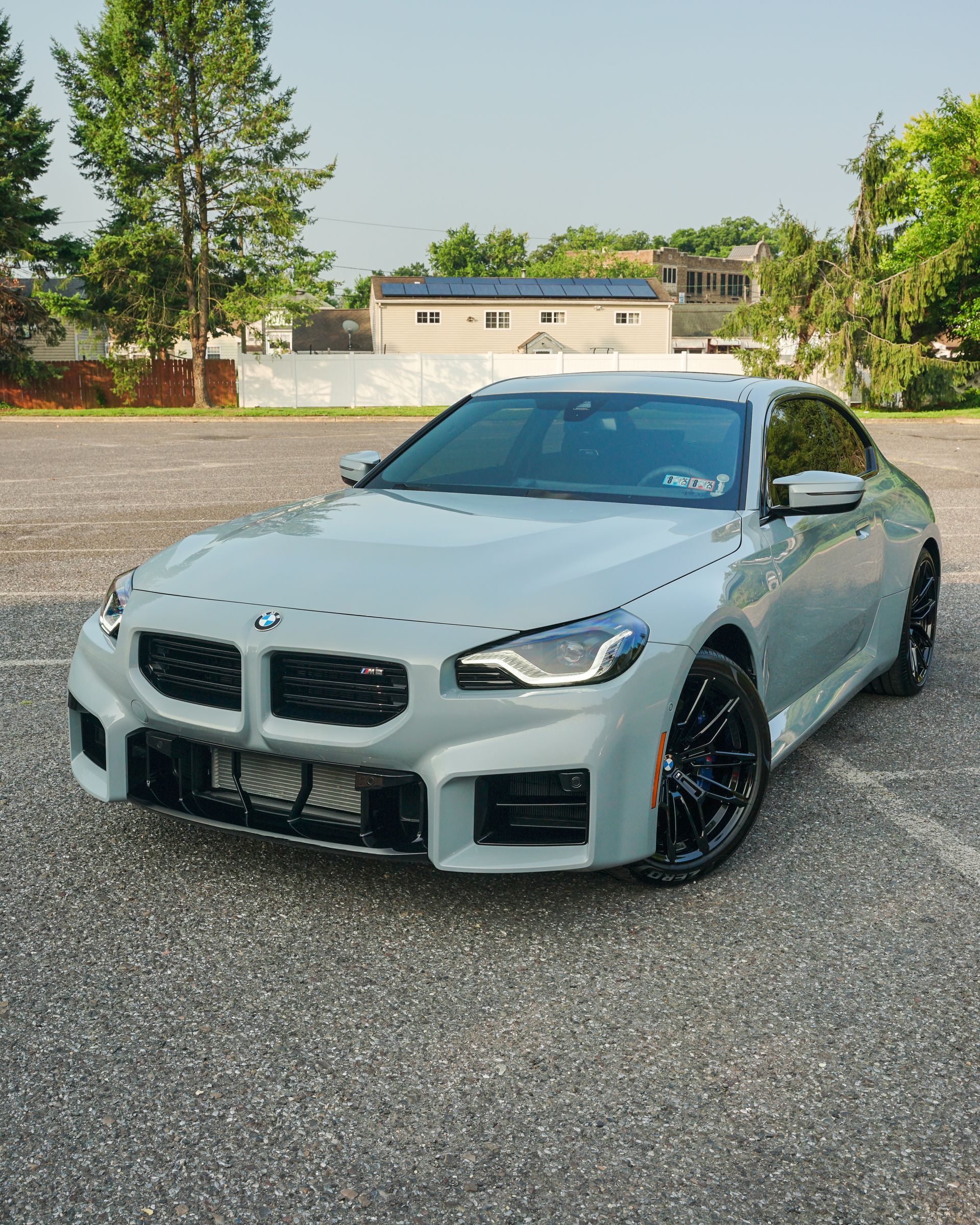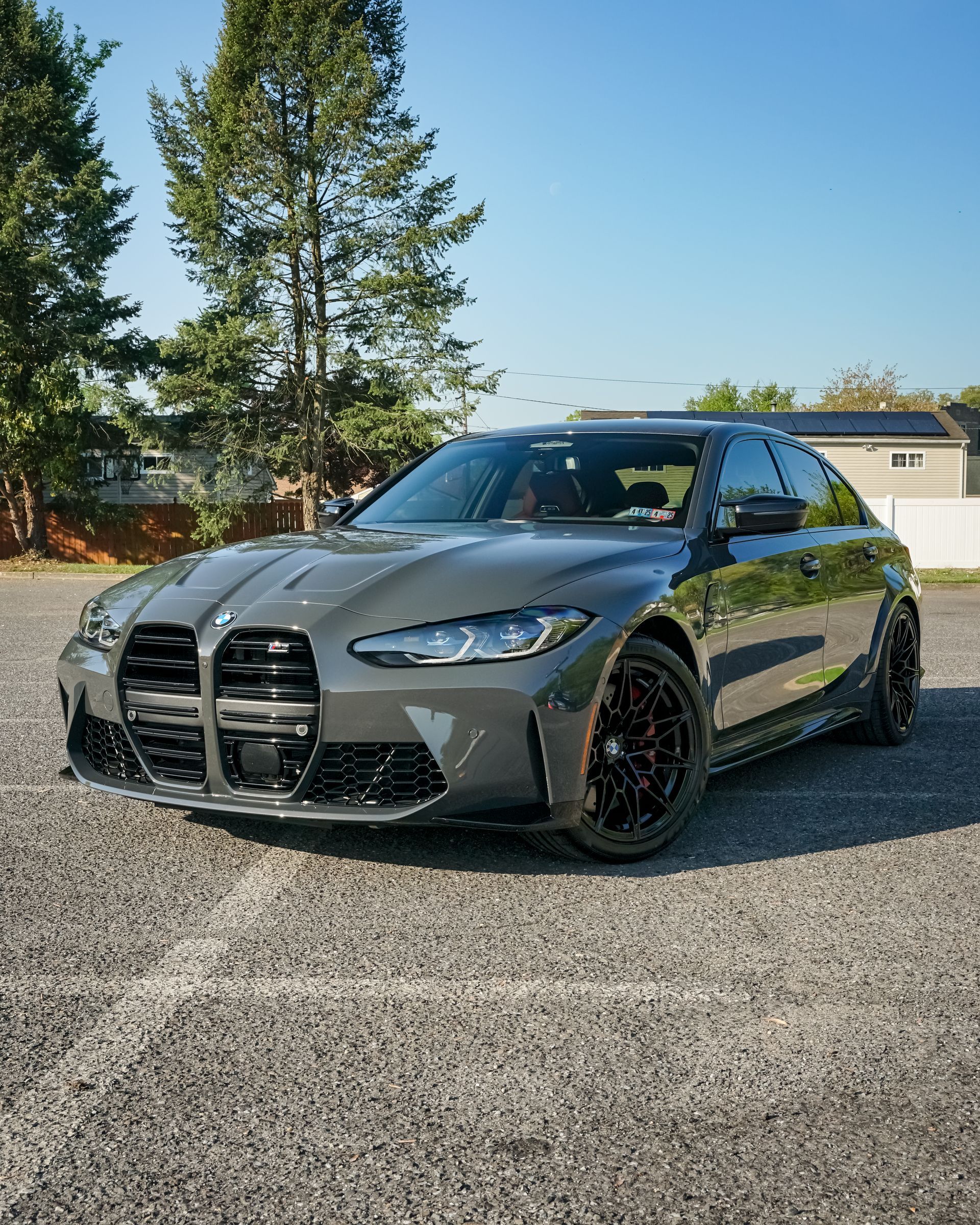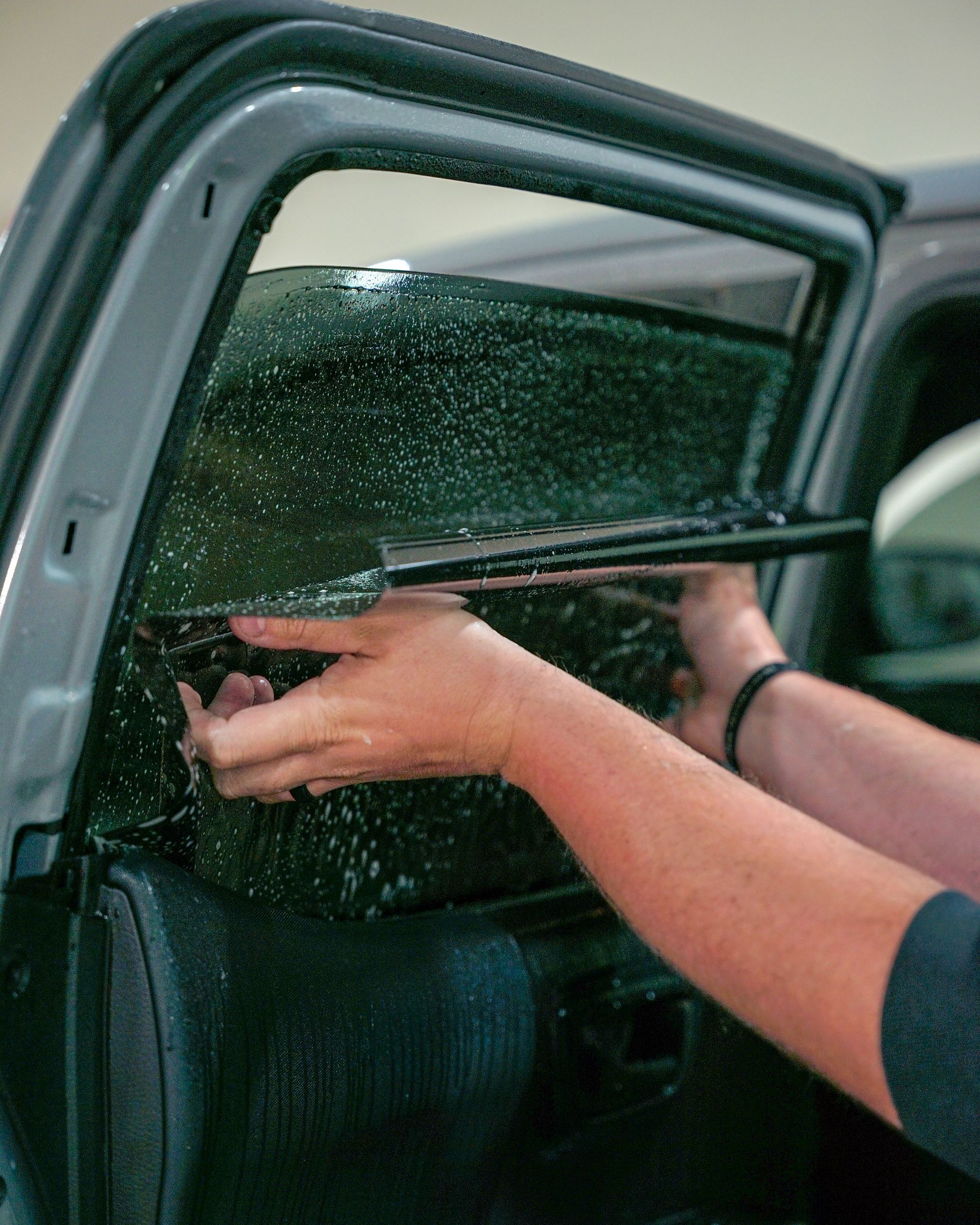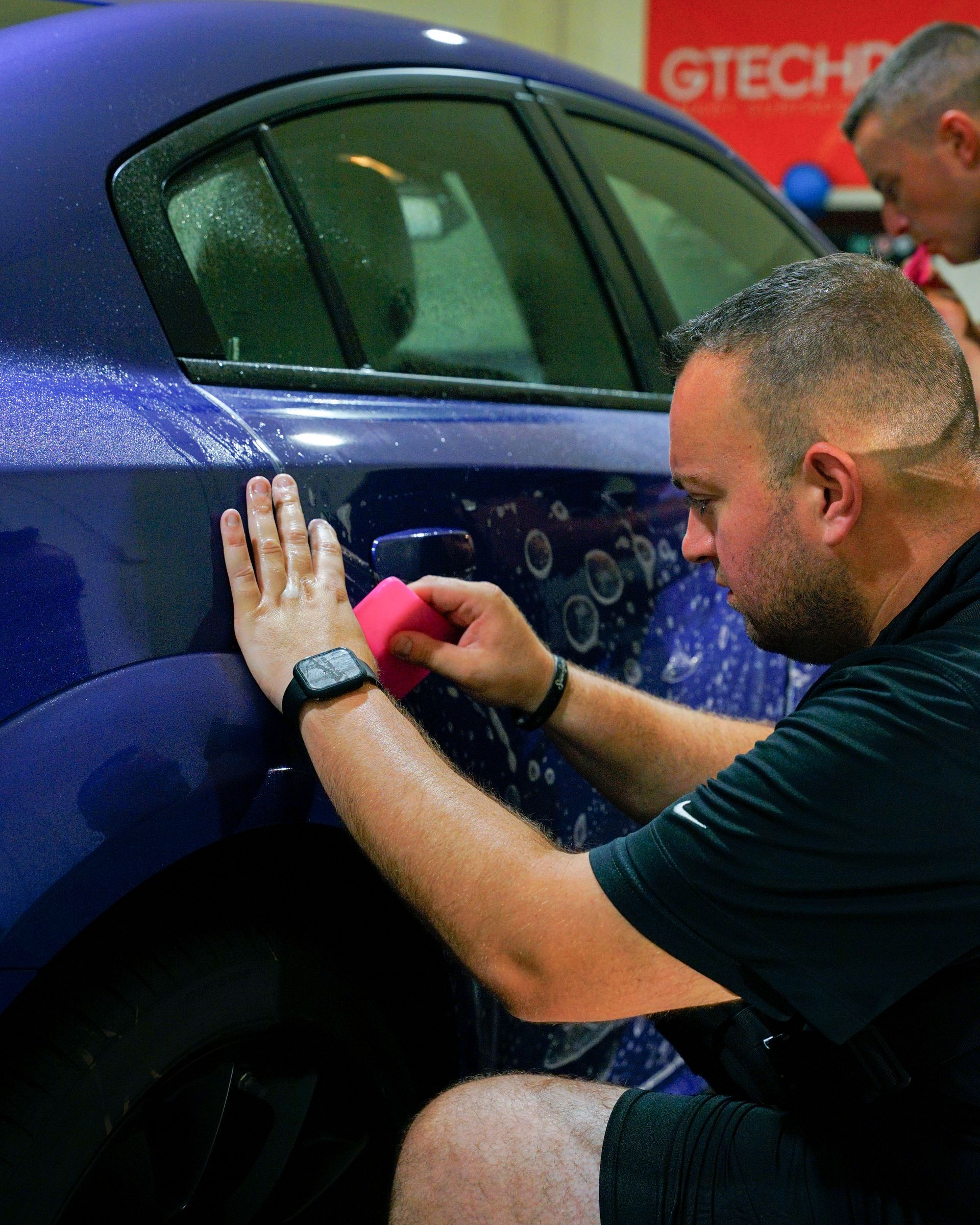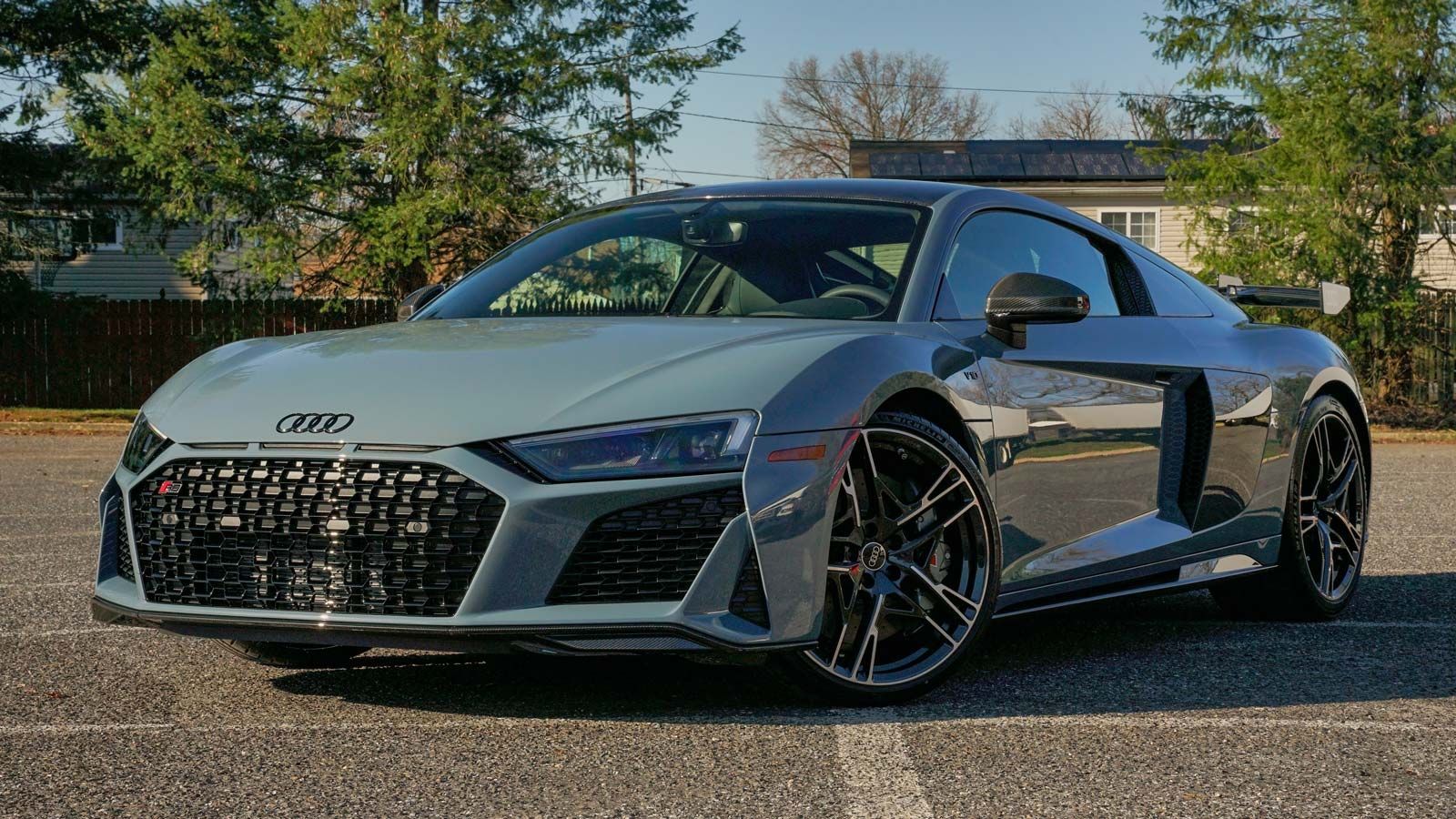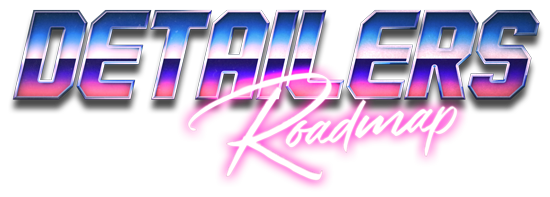Do Automatic Car Washes Damage Ceramic Coating? Essential Protection Guidelines
When it comes to keeping your car looking shiny and new, many people wonder about the best ways to wash and protect their investment. With automatic car washes popping up everywhere, it’s tempting to think they’re the easiest solution. However, if you’ve recently splurged on ceramic coating for your vehicle, it’s crucial to know how these washes can impact that shiny shield. While ceramic coatings offer robust protection against scratches and grime, not all washing methods are created equal. Understanding the potential risks of using automatic car washes is essential in maintaining the beauty and longevity of your vehicle's finish. So, what do you need to know to keep your ride protected? Let’s dive into the details!
Yes, while occasional use of touchless automatic car washes is generally safe for ceramic coatings, frequent use of traditional automated washes that employ brushes can significantly degrade the protective benefits of ceramic coatings. To maintain the integrity of your coating, it's advisable to limit automatic wash usage and consider hand washing or professional maintenance packages when possible.
Automatic Car Washes and Ceramic Coating: The Basics
Ceramic coatings are an exciting advancement in vehicle protection. These thin layers of liquid polymer bond with your car’s paint, creating a shield against Mother Nature's best efforts to dull your shine. They outperform traditional waxes when it comes to resisting dirt, grime, UV rays, and environmental pollutants. However, specific care is crucial for preserving their effectiveness.
When it comes to automatic car washes, there is a significant difference between brush-based and touchless systems. Brush-based washes often rely on rotating brushes that can be abrasive. These brushes may trap dirt and debris from previous vehicles, leading to unsightly scratches or degrading your precious ceramic coating over time. A study conducted in 2024 revealed that nearly 70% of car owners reported visible degradation in their ceramic coating after regular visits to such washes.
In contrast, touchless car washes use high-pressure water jets and detergents, cleaning without physical contact. For maintaining your investment in ceramic protection, touchless options are generally acceptable when used occasionally. They effectively clean while minimizing the risk of damaging that carefully applied layer of protection. However, excessive reliance on any automated system—whether brush-based or touchless—can still affect the longevity of your coating.
Keeping your vehicle stunningly beautiful isn't just about the shininess; it’s about understanding the systems you use to maintain it. The durability offered by ceramic coatings is impressive; typically rated around 9H on the Mohs scale, they resist scratches remarkably well compared to wax or sealants. Frequent encounters with harsh washing techniques can undermine those benefits. Therefore, if you're committed to investing in top-tier ceramic protection for your vehicle, striking the right balance in your washing habits becomes essential.
Awareness of these distinctions enhances your approach to keeping your ride in pristine condition. As we explore this further, we will examine how protective qualities differ between advanced coatings and more traditional options.
Differences Between Ceramic Coatings and Traditional Wax
At first glance, ceramic coatings and traditional wax might seem similar—they both serve the purpose of protecting your vehicle's paint. However, the differences between them are significant and can greatly affect how you maintain your car over time. Ceramic coatings form a hard chemical bond with your paint, providing superior durability that can last anywhere from two to five years.
In contrast, traditional wax creates a softer, temporary layer that usually needs to be reapplied every few months. Essentially, while wax is akin to a quick fix, ceramic coatings represent a long-term investment in your car's appearance and protection.
One of the most notable benefits of ceramic coatings is their hydrophobic properties. This means they repel water effectively, leading to less water spot formation and making it easier to keep your vehicle clean after rainstorms or muddy excursions. Imagine you're gearing up for a weekend trip through some rugged terrain—after an adventurous jaunt, what could be more frustrating than taking extra time to reapply wax on all those muddy sections? With ceramic coating, a simple rinse will often do the trick to restore that glossy finish, vastly reducing the frequency of washes needed.
According to user experiences, many individuals have invested significantly in ceramic coatings only to find them compromised by frequent use of traditional automated washes that scrub away at these protective layers. Moreover, the protective qualities of ceramic coatings surpass those of wax in terms of guarding against UV rays, chemical stains, and etching from environmental contaminants. This added resilience ensures that not only does your vehicle stay cleaner for longer periods but also retains its shine against harsh elements over time.
The cost difference reflects this level of protection as well; professional application of ceramic coatings can range from $500 to $2,000, while traditional wax applications typically lie between $20 and $100 for DIY jobs. It’s worth noting that while some users tout high-end wax products with impressive longevity claims, they still can’t compete with the sheer durability inherent in ceramic coatings. If you truly want to protect your vehicle properly, understanding these distinctions will provide clarity when weighing your options. Understanding these differences sets the stage for exploring specific ways automatic washes may affect these protective surfaces.
Common Damages from Automatic Car Washes
One of the most discussed concerns among car detailers is the inevitable scratches and swirls inflicted by automated systems. When you hand wash your vehicle, you have full control over the pressure and technique applied to the surface. However, automatic washes operate with mechanical precision, often employing excessive force to scrub away dirt. In fact, a survey conducted in 2023 revealed that half of car owners who frequently used brush-based automatic washes detected light scratches within just six months of service. These problematic marks can take away from the flawless finish that a ceramic coating is meant to provide.
Now, let's explore another issue: chemical residues. Imagine comparing car washing to caring for delicate fabrics; treating high-end materials roughly can lead to long-term damage. Many automated washes utilize strong detergents designed to cut through grime swiftly. While the intention is good, this approach often backfires. Over time, these robust chemicals have been shown to degrade the hydrophobic properties of ceramic coatings—a critical feature responsible for water beading and repelling dirt effectively.
The lesson here is clear: what seems like a fast solution may compromise the quality of your vehicle's protective finish. Additionally, we cannot overlook water spotting, which plagues many ceramic-coated vehicles post-wash. This problem arises from hard water, leaving unsightly remnants on the gleaming surface, diminishing its vibrancy and overall appeal. A whopping 40% of users in various reports have noted experiencing water spots after visiting automated washes repeatedly—points of frustration for proud owners who desire nothing but perfection.
It’s also notable that repeated exposure could lead to a noticeable decrease in gloss; studies suggest that about 25% of vehicles may reflect this deterioration after consistent use of automated processes. While these washes seem easy and quick, they might ultimately dissuade you from experiencing weeks of true shine provided by a ceramic coat. Finally, long-term studies reveal a startling finding: frequent visits to automatic car washes could reduce the lifespan of your ceramic coating by up to 50%. With this in mind, it becomes critically evident that maintaining your vehicle's beauty requires more than choosing an easy wash option—proper maintenance practices are essential for extending both visual appeal and protective benefits crafted into your ceramic finish.
This insight leads us naturally to explore practical strategies for safeguarding your investment while preserving that showroom shine.
Effective Protective Measures
When it comes to ensuring your vehicle's ceramic coating remains intact and effective, taking specific protective measures is essential. One such measure is to opt for touchless washes whenever you visit an automated car wash. Unlike traditional washes that use brushes, touchless systems rely solely on high-pressure water jets and soap sprays to clean your vehicle. This significantly reduces the potential for physical abrasion on the surface, allowing the coating to maintain its shine without incurring damage. While not completely risk-free from chemical interactions, choosing touchless options mitigates most risks associated with washing.
Another proactive strategy involves using specialized ceramic coating maintenance products. These sprays are designed to rejuvenate and protect your coating after it has endured exposure to elements like dirt or grime. Research indicates that applying these maintenance products monthly can provide a remarkable boost in longevity—users reported up to a 20-25% increase in coating durability in 2023. Think of them as vitamins for your vehicle's finish; just as we take supplements to enhance our health, these sprays help keep your car looking pristine over time.
However, relying solely on automatic washes is not enough; your vehicle’s appearance needs regular attention. Establishing a consistent hand wash routine is another effective method to safeguard ceramic coatings from potential damage. If you find yourself unable to avoid automatic washes entirely, supplement them with hand washes every month or every few weeks. Employ pH-balanced shampoos specifically formulated for use on ceramic coatings, which helps preserve the coating while cleaning effectively. One best practice is the two-bucket method: one bucket filled with soapy water for washing and a second bucket for rinsing your wash mitt or cloth. This approach greatly reduces the risk of scratches and swirls caused by dirt particles sticking to your wash materials.
In fact, many detailing enthusiasts advocate for this method not only because it cleans better but also because it offers peace of mind knowing you’re taking steps to safeguard your vehicle’s visual integrity. By incorporating these measures and techniques into your routine, you’ll set a strong foundation for maintaining both the efficacy of your ceramic coatings and the overall appearance of your car. Next, let's explore how to keep that foundation robust through proper care and maintenance.
Best Practices for Maintenance
Caring for your ceramic-coated vehicle goes beyond just the occasional wash. Engaging in regular upkeep not only preserves the shine but also empowers the coating to do its job effectively. One key practice is regular inspections. Taking the time to closely examine your vehicle every few weeks allows you to detect any signs of wear or damage early on. If you notice areas where water isn't beading off as it should, this could indicate that a touch-up is needed.
Alongside inspections, using gentle washing equipment is paramount. Opt for soft microfiber towels and wash mitts that will caress your car's surface instead of scratching it. This simple choice can make all the difference in maintaining that glossy finish while protecting the integrity of the ceramic coating. Many enthusiasts swear by this approach; it’s like wrapping your car in silk as you wash—careful and delicate. Imagine when you step outside after a fresh rainfall and see the beads of water glistening on your paintwork. That’s the true magic of ceramic coatings at work!
Understanding that maintenance doesn’t stop at washing is essential. Applying coating boosters every 3-6 months becomes an integral part of this journey. These specialized products are designed to enhance the hydrophobic properties of the ceramic coating, ensuring that rain and dirt slide off effortlessly. Routine application truly charges your car with an ongoing layer of protection. One critical aspect often overlooked is avoiding harsh chemicals. Sticking to pH-balanced cleaners specifically formulated for ceramic-coated vehicles minimizes any risk of degradation. Think of your high-end coat; would you use bleach to clean it? The same logic applies here: preservation is key.
Additionally, consider where you wash your car. If possible, opting for a controlled environment—like a shaded area—can drastically impact results. When cleaning in direct sunlight, products may dry too quickly, leaving unsightly spots even before you rinse them off. Gentle care should extend even to environmental factors during your washing sessions. Implementing these thoughtful strategies into your routine ensures that you're not just maintaining a vehicle—you’re safeguarding an investment. As you continue to adopt proper washing techniques and periodic inspections, consider how these choices influence the longevity and performance of your ceramic coating.
Evaluating Automatic Washing for Ceramic Coatings
When considering automatic washes for vehicles protected by ceramic coatings, it’s essential to weigh the convenience against potential risks. Many car owners find themselves enticed by the promise of a quick wash while they wait, but this can come with consequences that may jeopardize that sleek finish they have worked hard to maintain.
The main concerns revolve around the harsh chemicals and potentially abrasive brushes used in many automatic washes. These elements can detract from the protective qualities of ceramic coatings, effectively masking their shine rather than enhancing it. Some users have reported that even soft-touch washes lead to swirl marks—fine scratches that mar the vehicle's surface. They tend to be particularly noticeable on darker-colored automobiles, where imperfections stand out starkly against glossy paint.
Imagine spending time getting your car coated only to have meticulous maintenance undone by an automated machine churning away at your investment. In fact, a startling statistic from a 2025 survey revealed that 60% of ceramic-coated car owners who opted for automatic washes had to reapply their coatings within half of its expected lifespan. This alone should prompt consideration: is the time saved truly worth the potential financial repercussions? While touchless washes present a better alternative by avoiding physical contact altogether, they are not without caveats either. Touchless systems often utilize high-pressure water jets and chemical plastics that can still compromise ceramic coatings—particularly if they're formulated with strong acids or caustics.
Hence emerges a compelling debate: does one prioritize convenience over preservation? Taking care of your vehicle is like building a relationship; it requires effort and attention to reap long-term rewards. If you value the deep gloss and resilience of your ceramic coating, investing time in handwashing with suitable products becomes paramount.
Alternatives to Automatic Washing
Transitioning from automatic washes, consider incorporating careful, manual cleaning methods designed specifically for ceramic coatings. Use pH-balanced soaps that won't degrade your coating, paired with soft microfiber towels that minimize friction. This way, you ensure a blemish-free surface while extending the life of your protection. Furthermore, keep in mind the use of Paint Protection Film (PPF) as defensive armor alongside your ceramic coating. PPF serves as an additional layer shielding your vehicle from chips and scratches while preserving that beautiful sheen!
By adopting a proactive approach to examining washing practices and choosing dedicated cleaning processes, you'll undoubtedly safeguard both your investment in ceramic coatings and your vehicle's aesthetic appeal for years to come. In investing in proper maintenance techniques, you'll be protecting your vehicle's appearance and ensuring that your ceramic coating delivers maximum benefits over time.
Premium Ceramic Coating in Cherry Hill, NJ
Protecting your vehicle’s paint from the harsh elements is essential, and M&G Automotive Detailing offers top-tier ceramic coating services in Cherry Hill, NJ, to keep your car looking its best. Our expert team applies industry-leading coatings that provide unmatched durability, hydrophobic protection, and a stunning gloss. Say goodbye to constant waxing and worrying about road grime—our ceramic coatings make maintenance effortless while preserving your car’s flawless finish. Schedule your appointment today and experience the long-lasting benefits of professional paint protection!

